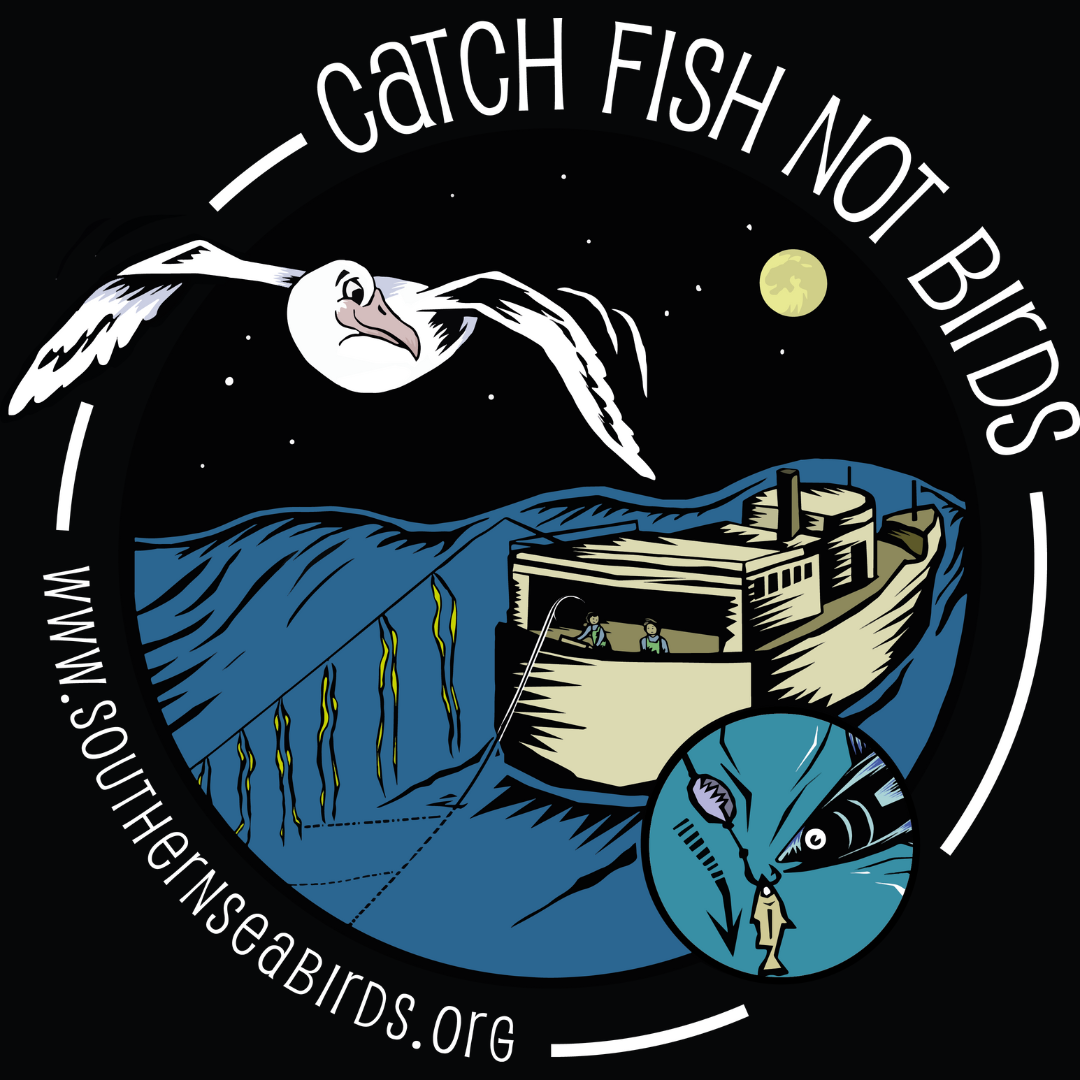Albatrosses
A true ‘hot spot’ for albatrosses, nearly half of the world’s 22 albatross species breed in New Zealand and many of those breed nowhere else.
But many albatross species are in trouble and need our help. Commercial fishing practices are considered the greatest threat to the survival of many albatross species. Keen predators, albatrosses mainly feed on squid, crustaceans and fish. Often they can be seen near fishing vessels looking for a deceptively easy meal. Unfortunately these meals can turn deadly. Sometimes albatrosses and other seabirds are caught on baited hooks of longlines, strike the large cables or get caught in nets on trawl vessels and are injured or killed.
WWF is working with government and the fishing industry, to reduce albatross deaths. In some fisheries there have been significant advances in reducing albatross and other seabird mortalities, but in other fisheries there are still major issues with non-compliance, lack of understanding about the issue, and ineffective or faulty equipment and techniques.
